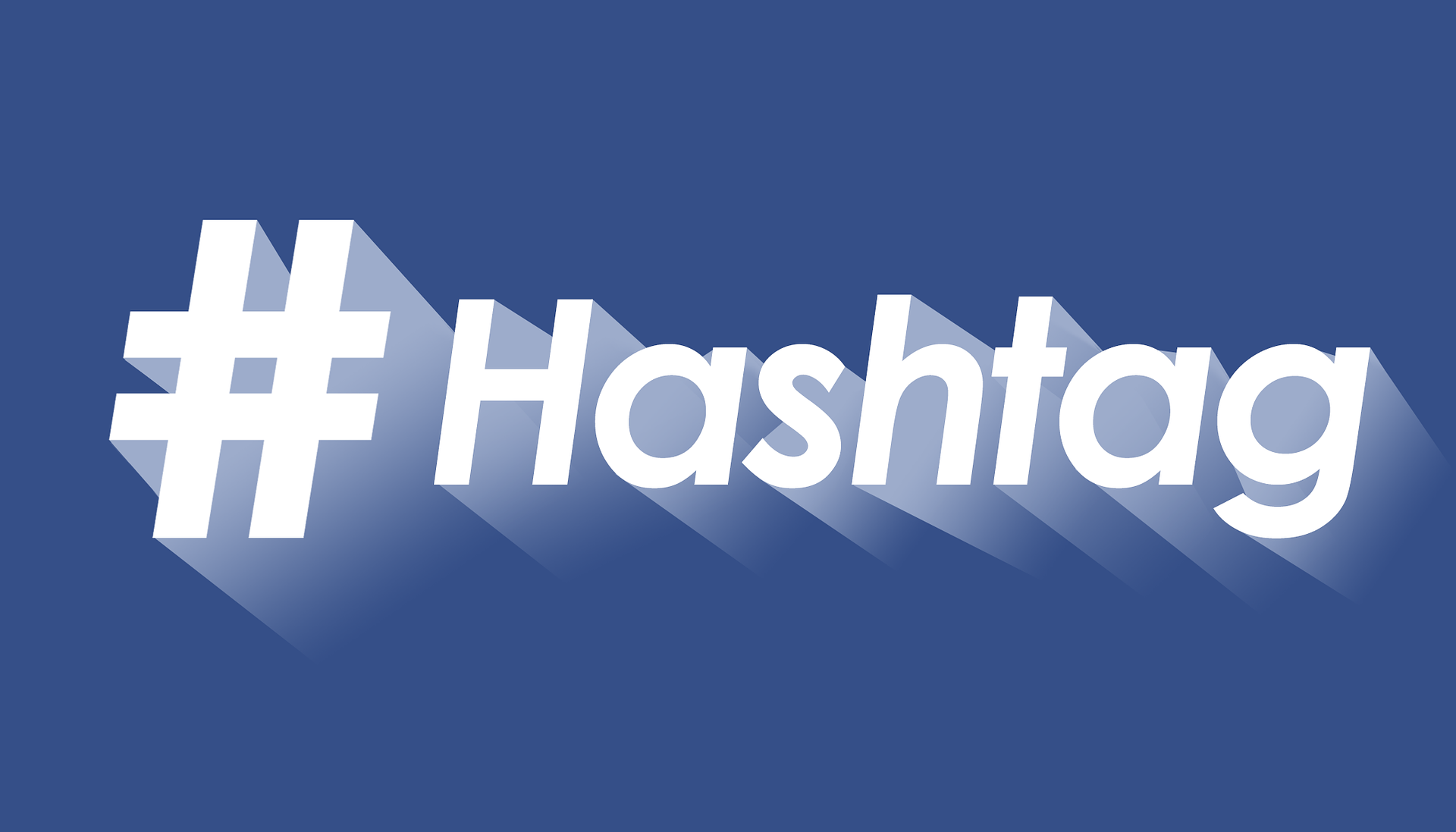In this post, we’ll cover Social Media Optimization To Double Your Traffic.
Every one of you probably knows, and optimizes his or her meta description before hitting the publish buttons right?
Well, what about your social media meta tags?
This probably is a new term for you, if it’s not it’s good.
If it is, I’d like to explain what social media meta tags mean for your blog, and how they can help you drive more traffic from social media.
Also, this is not the first time SMT ( Social media tags ) are being discussed on the internet, but the reason we are working on this article is, it’s almost a never-used section of blog optimization and didn’t receive the amount of attention it deserves.
Also with the latest updates on Search Engines and Social Networks, the increased demand for a better-optimized post structure is seen, and the methods and strategies to use and improve the meta tags has changed a lot, and we mean a lot, lot.
Thus, it’s high time we discussed how to leverage the social media tags for more traffic.
Also we noticed, not every blogger out there will be on WordPress, and thus this is the very first time, that the implementation of Social Media tags on any other platform apart from WordPress is published, because there aren’t many people out there who would go to the trouble of all the technical aspects of editing their HTML structure to show you how you can implement this on any other platform except WordPress.
Yes it’s of course not alike the meta description you use for your search engine optimization, because Facebook or Twitter are not “Search Engines”, but according to Forbes, 31% of your traffic does come from social media.
Or in other words, you can leverage 31% more traffic from social media than your blog normally receives, but for that your post needs to be optimized enough to drive a high enough CTR ( click through rate ).
Right?
Because it’s time, that optimizing posts only for the Search Engines is not sufficient, they need to be optimized for Social networks too because that’s where you might be missing some potential traffic.
Okay so what you need to understand before reading this piece is, optimizing your Social Media Meta Tags won’t affect your On-page SEO directly, but it does immensely help in grabbing traffic off your Social media networks, specially Facebook and Twitter, because they have their own Meta tags that can be optimized, and recently, there is an increased focus on post structure on these networks.
Social Media Optimization To Double Your Traffic
What are social media tags?
Facebook launched Open Graph couple years back, but less than 20% users on Facebook utilize it. What it exactly does is, it tells Facebook, what a certain post is about, which parts are important and should be displayed along with the post, instead of just displaying a post title.
Oh, and also this article will help you fix your problem for “image not displaying for new blog posts on Facebook” if you have it, that’s another reason to continue reading.
Which post structure in your own opinion, is inclined to have a better CTR rate? The first post, with the well-carved structure and snippet right?
Social Media Optimization To Double Your Traffic On WordPress:
If you are on WordPress, you’re lucky, because it’s quite easy for you to optimize the tags on WordPress, as WP has a plugin for almost everything, so just installing this plugin is enough, and it’ll take care of everything.
Even if you aren’t on WordPress, its not much of a concern. It’s not as easy as installing a plugin on other platforms, but it’s not as hard as building a spaceship either. So don’t worry even if you aren’t on WordPress, you can optimize your social media meta tags for almost every platform, and they would help you drain in the traffic regardless of the traffic.
If you aren’t on WordPress, most likely you are on Blogger or any similar platform. The good news is, you can edit the HTML directly in all of them, including even WordPress if you want to, and have the time to do all the manual work.
Optimizing Social Media Meta Tags on blogger or any other Non-Wp platform:
I’m writing this article with a prospect to make this article the first, and most simplified social media meta tags integration post, so even if you are not a coding lover, fear not because I will break this down to the simplest possible format, trust me.
So here’s what you need to edit on your page “HTML” in order to optimize it’s Social Media Meta Tags:
First of all, you need to update your <head> tag to <<head prefix=”og: http://ogp.me/ns#”>>. I won’t go into explaining why because that would just complicate matters, but if you are indeed interested, the comment box is all yours, and I promise an explanation.
After that, you need to add the following pieces of texts ( codes ) onto your post HTML.
- og:title: This is the code that will tell Facebook about your posts’ title. Normally, this is by default applied, but still it’s better to apply it yourself if you’re going for the tags optimization. So you need to add the following property exactly as it is, but make sure to edit the colored part with your relevant title:
<meta property=”og:title” content=”Social Media Tags optimization for more traffic.”/> .
Although keep in mind, not to exceed 90 characters on the title.
- og:type: Next you need to tell Facebook what “Type” of article is it. It’s an article related to sports, politics, people or whatever. Now are you getting a picture? On how facebook’s “trending posts”categorize themselves as different categories?
So I guess it’s clear how important and powerful these tags are for Facebook right? Here’s what you need to add to your page HTML to define the article type:
<meta property=”og:type” content=”article”/>
So you’re done with the Title and the type right? What about the post “description”? This is one of the most important aspects of a blog post, be it Search Engine or Social Media. Because a title is not always sufficient to tell the audience what the article is about, so the description backs it up, and a well-carved description with the right use of diction ( words that influence ), you can expect at last a 28-35% more engagement on the post.
- og:Description: You probably already have an idea by now how to implement it, so I’ll directly share the code, just make sure to edit the green coloured part, with compelling words, that’s what matters. Do not worry about keyword density, in fact it’s better to avoid it. It will only take up word-space and make the description look desperate, and it doesn’t add to the “SEO” of the post on social media, so instead just focus on writing something the “users” can’t resist, not the bots.
<meta property=”og:description” content=”Ever heard of Social meta tags? Forbes says they can drive you 31% more traffic, and they are in fashion right now. A 2000 word illustrated guide on Social Meta Tags implementation, even outside WordPress. . “/>
- og:image: This is the most important of all the above-mentioned tags, why? Well, images are the main modification, that social media tags can provide to your post and thus increase your CTR, and just like the very first image screenshot, having an image greatly increases the chances of the post being clicked upon.
<meta property=”og:image” content=”http://www.xyz.com/wp-content/uploads/2021/10/socialmediametatags.jpg”/>
Implementing the image tag is a bit different, no, not hard, just keep in mind the following tweaks and all will be good:
- Make sure the image is greater than 200px on each side. Well Facebook does accept as small as 50px images, but if we are talking about traffic optimization, lets just do it better.
- Make sure it doesn’t exceed 2-3mb’s in size.
- og:Url: This tag is helpful, when you have more than one URL for the same content. For eg. Sometimes you might have “http://www.yourwebsite.com/blog/something/” and http://www.yourwebsite.com/p=23 redirect to the same content right? So it helps Facebook know, that the content is the same. And thus the “metrics” meaning the shares, and likes and stuff are both combined, and not are counted as individual engagements, meaning if you receive a like or comment on any one of your URL’s, it’ll be combined, showing 2 likes on both the posts, instead of showing 1 like on each.
<meta property=”og:url” content=”http://www.xyz.com/2021/01/22/social-media-meta-tags-traffic-boost./”/>.
So after you’re done with meta-tagging your posts for Facebook, there’s an impressive tool by Facebook that lets you analyze your hard work. In short, it shows you what you’ve done right, what else needs to be done, and what you shouldn’t have done ( in case you’ve done such a thing. ) .
Just go to the Facebook debug tool, and input your post URL, and click on Debug.
So a thorough analysis of the page will let you know if everything’s alright or not. If there’s something you didn’t understand on the page, do make use of the comment box, I’d be more than happy to sort you out.
Okay so that’s done with Facebook Open Graph, and how to utilize it as a traffic magnet. Do you know, Twitter has something similar too. And it’s much easier to implement it on Twitter than on Facebook.
So why did I explain the Facebook implementation of the tags first? Because now, the Twitter implementation of the meta tags will be walk on the cake for you.
Your blog definitely has a Twitter profile, right? If it doesn’t, it’s one of the first things you need to get right now. So log on to Twitter, create an account and then return here for the rest of the post.
Okay so if you are frequent on twitter, you must have surely noticed this:
Don’t they look like shouting out to you, click the hell out of me? Oh yeah, in fact I’ve always found twitter’s post structure more attractive than Facebook. Anyway, so the point is, by implementing the meta tags for Twitter, you will be able to create a post snippet like the above screenshot for your Twitter post.
How to implement meta tags for Twitter:
The steps are the same, after adding the tags for Facebook, this is what Twitter wants from you.
- Twitter:cards : This is like Facebook’s “type” tag, but here you have only 3 options, ( and that in my view is a good thing, as it reduces confusion).
<meta name=”twitter:card” content=”summary”>.
You can set the green part to “photo”, “video” or summary if it doesn’t fit to either of the two earlier types.
- twitter:URl: Similar to Facebook’s URL tag, this helps twitter identify different URL for same content.
<meta name=”twitter:url” content=”http://www.xyz.com/2021/03/22/social-media-meta-tags/ “>
- twitter:title: Simple as it is, it’s the post’s title. So just carve out a compelling title, and make sure you don’t exceed 70 characters.
<meta name=”twitter:title” content=”Social Media Meta Tags for Traffic Boost.”>
- twitter:description:
<meta name=”twitter:description” content=” Ever heard of Social meta tags? Forbes says they can drive you 31% more traffic, and they are in fashion right now. A 2000 word illustrated guide on Social Meta Tags implementation, even outside WordPress. “>
- twitter:image
Again these are the most important tags, so make sure you include your image link, with an image that’s not more than 1mb, and not wider and longer than 120px on either side.
<meta name=”twitter:image” content=” http://www.xyz.com/wp-content/uploads/2021/09/socialmetatags.jpg”>
Conclusion:
That’s all you can play with OpenGraph and Twiter fellas; meta tags don’t exist only on search engines. In fact there still might be thousands of algorithms we don’t know about on these social networks, but for a start, these are something.
We are sure to experience a traffic boost by implementing the tags, but what was your experience? Was it positive or negative? Feedback or even error printouts are most appreciated.
Note: All Image credits to pixabay.com






